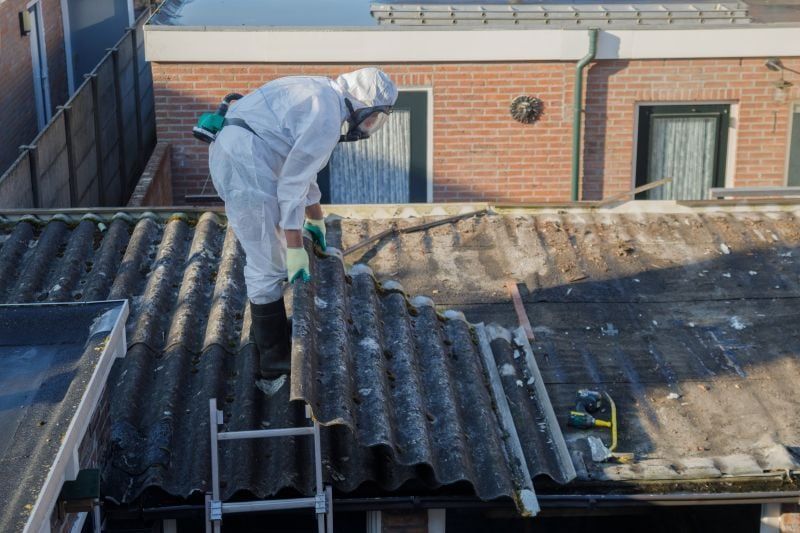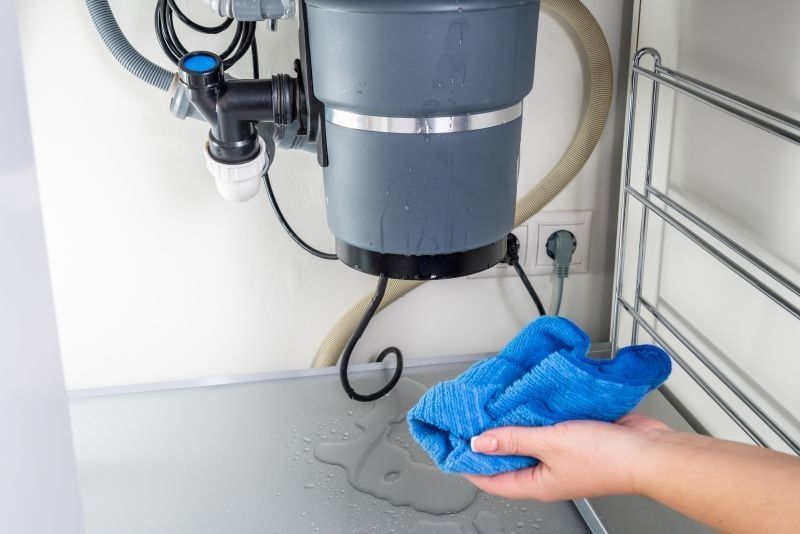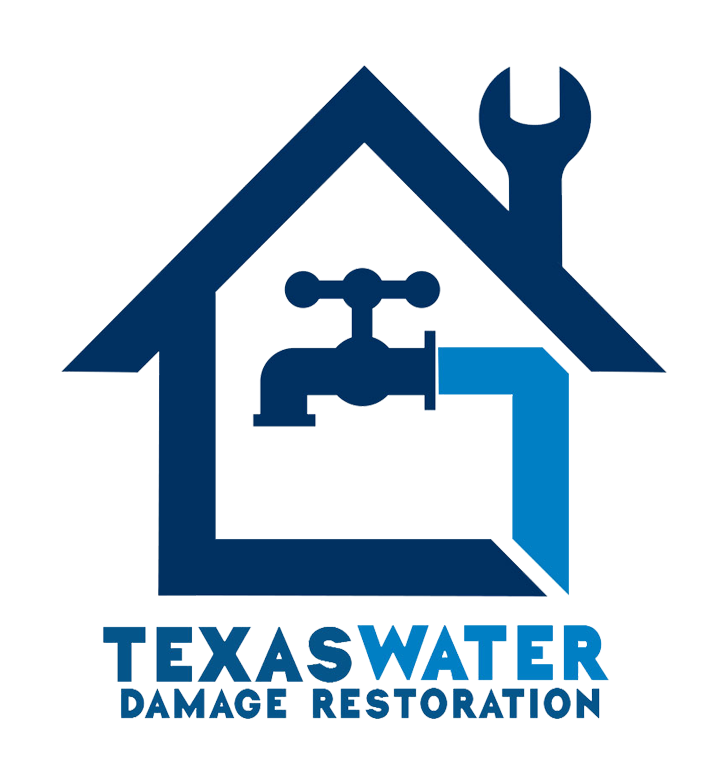
The Impact of Water Damage on Communities
Water damage can have devastating effects on communities, both large and small. When a disaster strikes and homes and businesses are flooded, the consequences can be far-reaching. From structural damage to loss of personal belongings, the aftermath of water damage can be overwhelming. However, communities often come together to provide support and help those affected rebuild their lives.
The Role of Community Support

Community support plays a crucial role in the recovery process after a water damage disaster. It provides affected individuals and families with the resources and assistance they need to rebuild and move forward. This support can come in various forms:
1. Volunteer Efforts
Volunteers from the community often step up to help clean and repair damaged properties. They assist in removing debris, salvaging personal belongings, and restoring homes and businesses. These selfless acts of kindness provide hope and comfort to those who have been affected.
2. Donations
Communities often organize donation drives to collect essential items, such as clothing, furniture, and household goods, for those who have lost everything in the water damage. These donations help individuals and families rebuild their lives and provide them with the necessities they need.

3. Financial Assistance
Local organizations and charities may also provide financial assistance to help cover the costs of repairs, temporary housing, or replacement of belongings. This support can make a significant difference in alleviating the financial burden faced by those affected by water damage.
4. Emotional Support
One of the most critical aspects of community support is the provision of emotional support to those impacted by the disaster. This can involve organizing support groups, counseling services, and community events that promote healing and solidarity.
The Importance of Rebuilding Together
After a water damage disaster, rebuilding together as a community is vital for several reasons:
1. Restoring Stability
By coming together to rebuild, communities can restore stability and normalcy in the lives of those affected. Rebuilding together helps communities bounce back from the disaster more quickly and creates a sense of unity and resilience.
2. Strengthening Bonds
Disasters often bring people closer together, fostering a sense of togetherness and belonging within the community. Rebuilding together allows individuals to form stronger bonds and develop lasting relationships that extend beyond the recovery process.
3. Promoting Growth and Prosperity
Rebuilding after water damage can create opportunities for economic growth and prosperity. The restoration of homes, businesses, and infrastructure can attract investment and contribute to the overall development and revitalization of the community.
Conclusion
Water damage can devastate communities, but the power of community support can facilitate the recovery and rebuilding process. Through volunteer efforts, donations, financial assistance, and emotional support, communities can come together to help those affected by water damage rebuild their lives. Rebuilding together promotes stability, strengthens bonds, and paves the way for growth and prosperity. It is a testament to the resilience and unity of communities in the face of adversity.
